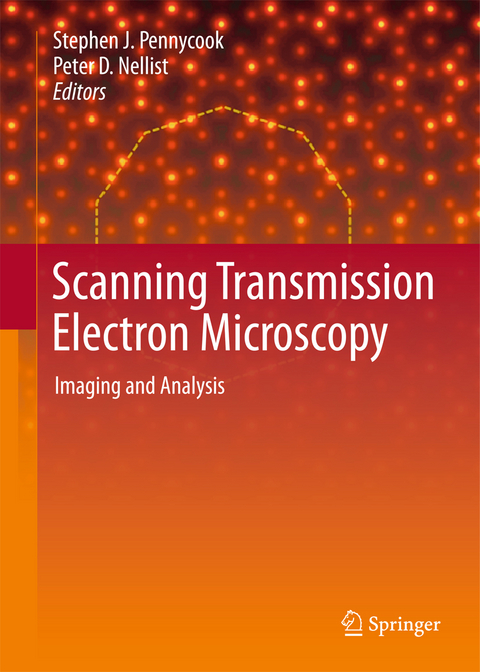
Scanning Transmission Electron Microscopy
Springer-Verlag New York Inc.
978-1-4419-7199-9 (ISBN)
Stephen J. Pennycook obtained his B.A. degree in natural sciences from the University of Cambridge, England, in 1975, and his M.A. and Ph.D. degrees in physics from the same institution in 1978. He then continued at the University of Cambridge Cavendish Laboratory in postdoctoral positions until moving to the ORNL Solid State Division in 1982, where he is now the leader of the Electron Microscopy Group. His main research interest is the study of materials through the technique of Z-contrast scanning transmission electron microscopy (STEM). This technique provides a directly interpretable image of materials at the atomic scale, in which higher atomic numbers (Z) show brighter. It overcomes the phase problem associated with conventional electron microscopy and diffraction techniques by establishing incoherent imaging conditions, the electron equivalent of incoherent imaging in the optical microscope first described by Lord Rayleigh in 1895. Currently, the Solid State Division's 300-kV STEM produces the world's smallest electron probe, just 1.3 angstroms in diameter. The development of the Z-contrast technique has earned Dr. Pennycook an R&D 100 Award, the Heinrich Award from the Microbeam Analysis Society, a U.S. Department of Energy (DOE) Award for Outstanding Achievement in Solid State Sciences, and the Materials Research Society Medal. Recently, his research has focused on grain boundaries in ceramics, which resulted in a DOE Award for Outstanding Achievement in Metallurgy and Ceramics, as well as applications to optoelectronic materials, catalysts, and nanoparticles. Dr Peter D. Nellist's research centres on the applications and development of high-resolution electron microscope techniques, in particular scanning transmission electron microscopy (STEM), including atomic resolution Z-contrast imaging, electron energy-loss spectroscopy and applications of spherical aberration correctors. His technique development work includes methods for the three-dimensional imaging and spectroscopy of materials, and methods to allow high resolution imaging and spectroscopy of radiation sensitive materials. The aim is to use microscopy data in a quantitative way to make measurements of the atomic and electronic structure of materials.
Electron Optics and Aberration Correction.- Fundamentals of Scattering Theory.- Image formation in STEM.- Electron energy loss spectroscopy.- Energy dispersive x-ray analysis.- STEM of complex oxides.- STEM of complex alloys.- STEM of catalysts.- STEM of semiconductor devices.- STEM of ceramic materials.- STEM of quasicrystals.- STEM of nanomaterials.- 3D STEM: tomography.- 3D STEM: depth slicing.- Nanobeam diffraction.
| Erscheint lt. Verlag | 22.3.2011 |
|---|---|
| Zusatzinfo | XII, 762 p. |
| Verlagsort | New York, NY |
| Sprache | englisch |
| Themenwelt | Naturwissenschaften ► Biologie |
| Naturwissenschaften ► Chemie ► Analytische Chemie | |
| Naturwissenschaften ► Physik / Astronomie ► Angewandte Physik | |
| Naturwissenschaften ► Physik / Astronomie ► Festkörperphysik | |
| Naturwissenschaften ► Physik / Astronomie ► Thermodynamik | |
| Technik ► Elektrotechnik / Energietechnik | |
| Technik ► Maschinenbau | |
| ISBN-10 | 1-4419-7199-8 / 1441971998 |
| ISBN-13 | 978-1-4419-7199-9 / 9781441971999 |
| Zustand | Neuware |
| Haben Sie eine Frage zum Produkt? |
aus dem Bereich


